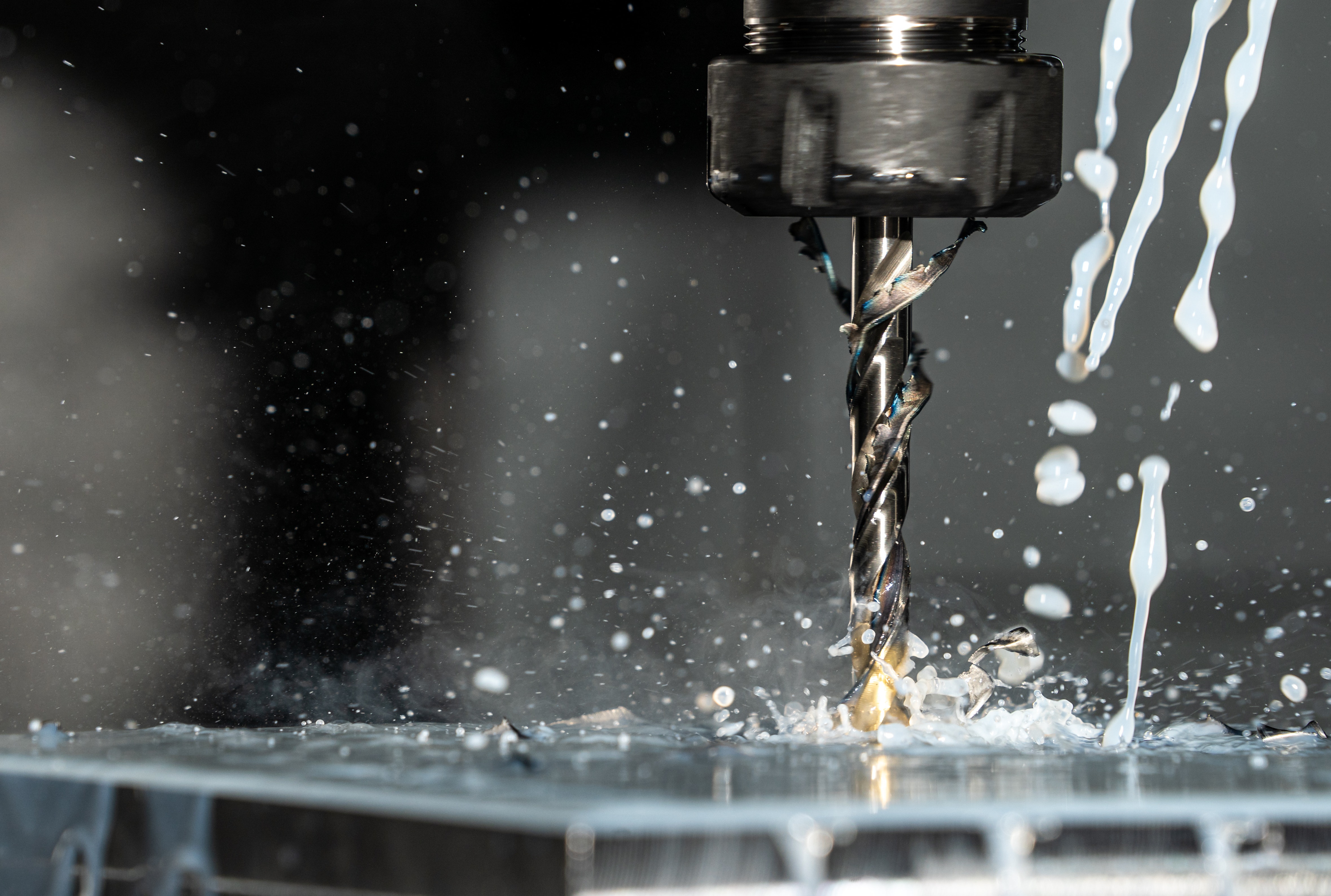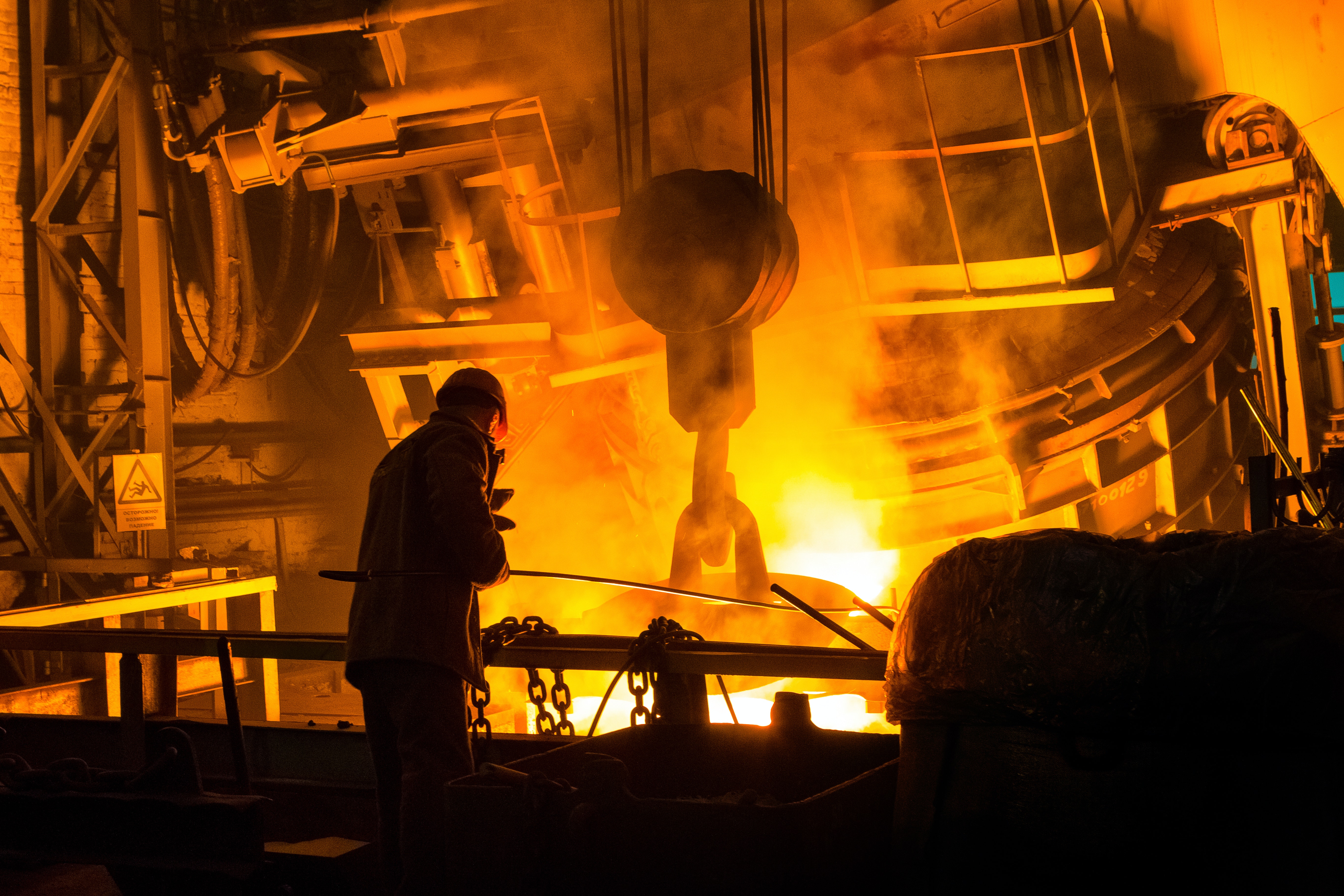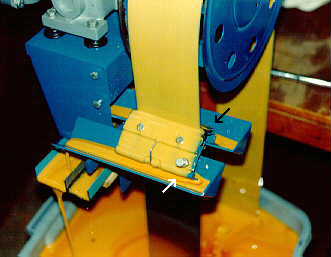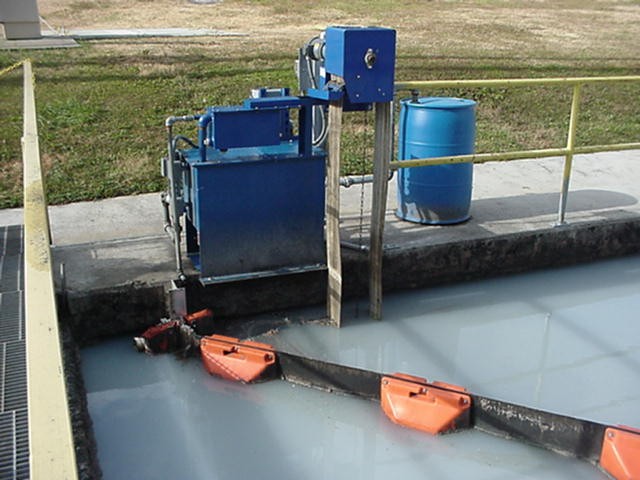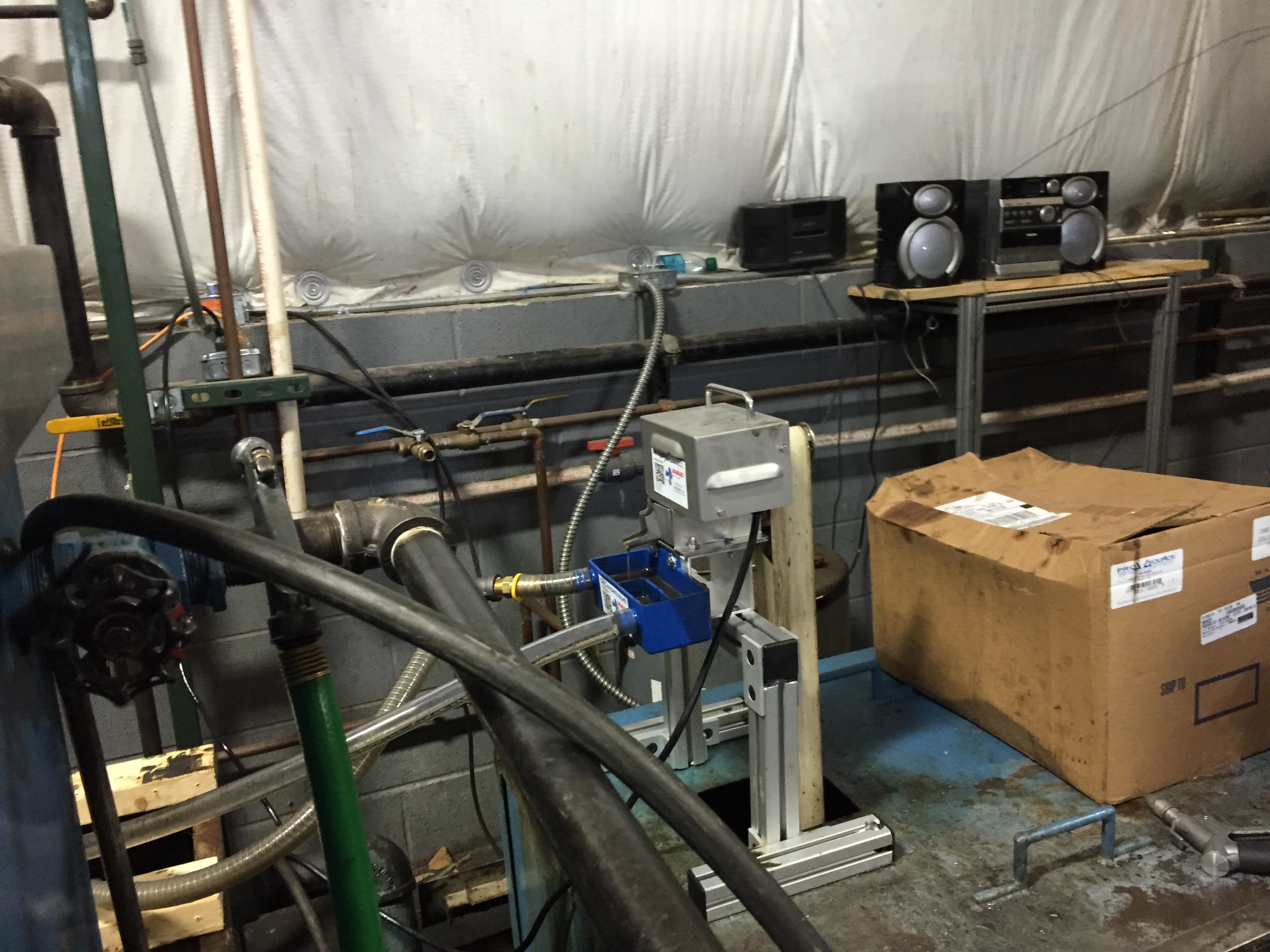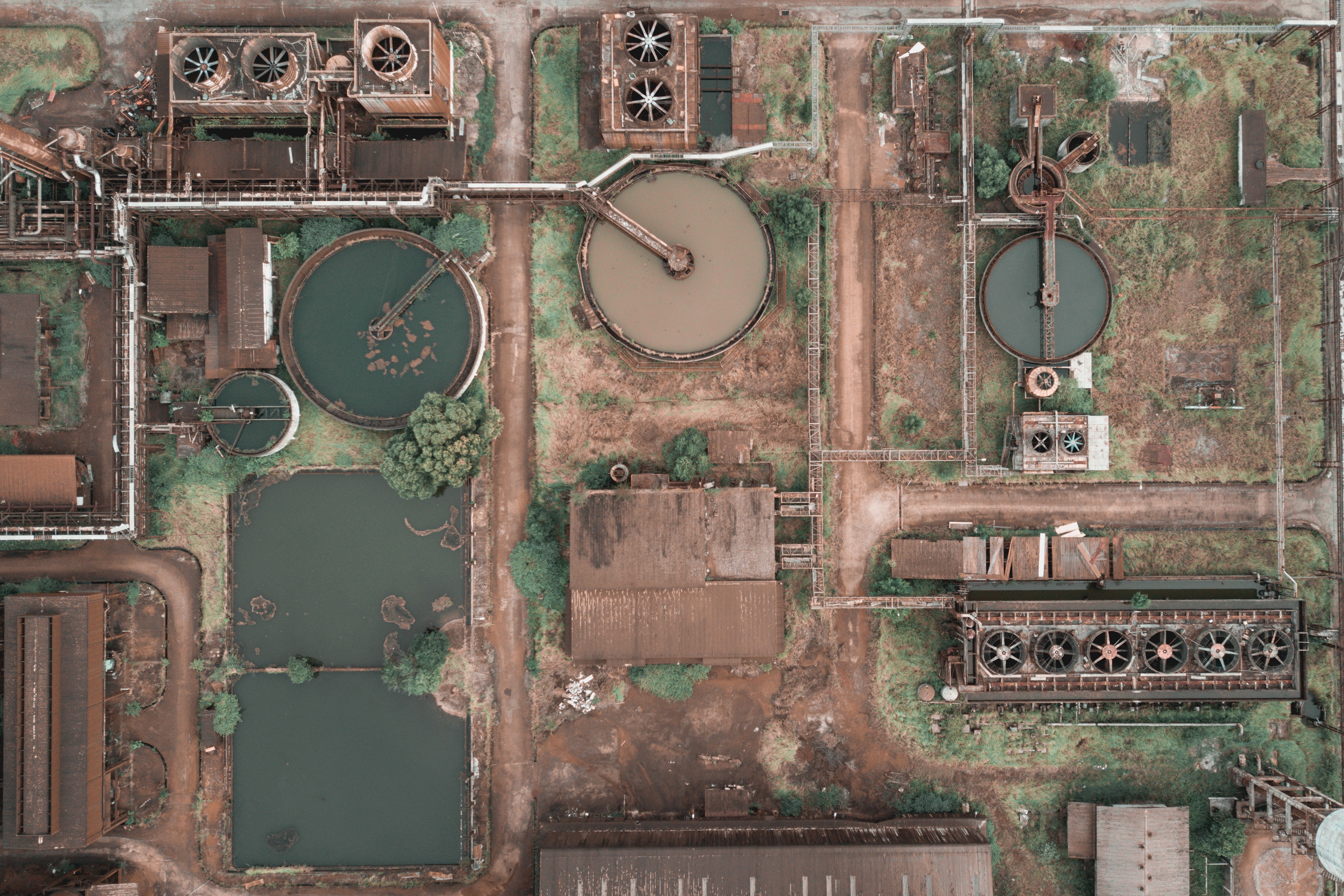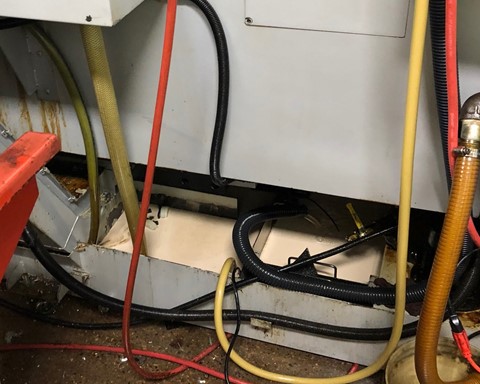Companies actively seek effective oil removal methods from water or coolant to reduce costs, liability, and environmental impact. By removing oil, they can extend the lifespan of water or coolant, reducing the need for frequent and expensive replacements and disposal. Moreover, this practice creates a safer and cleaner work environment, fostering employee well-being and productivity while adhering to environmental regulations.
The use of an oil skimmer in various industries offers numerous advantages and benefits. Here are some of the benefits achieved by using an oil skimmer.
Reduction of Disposal Costs
The cost of disposing of oil-laden coolant is typically higher compared to the cost of disposing of oil alone. This is primarily due to the classification of oil-laden coolant as a hazardous waste, which requires special handling and compliance with stringent disposal regulations. The disposal of oil-laden coolant often involves additional steps, such as containment, transportation, and treatment, which contribute to the overall higher cost.
Recycling Opportunities
In certain situations, companies have the opportunity to repurpose the skimmed oil obtained through oil skimming in other applications or sell it for recycling, showcasing their commitment to environmental stewardship. By opting to re-use or recycle the skimmed oil, companies actively contribute to waste reduction and demonstrate their dedication to maintaining a cleaner environment. This approach not only aligns with responsible resource management practices but also has the potential to create additional revenue streams while reducing the overall ecological impact.
Extend Coolant Life
Oil-free coolant extends its usefulness and effectiveness, resulting in reduced maintenance and coolant replacement expenses. It ensures optimal machining performance by maintaining the coolant's original properties for a longer period. The minimized need for maintenance interventions and less frequent coolant replacement leads to cost savings and improved operational efficiency.
Esthetic Benefits:
By effectively removing oil from a machine coolant tank, there is a significant reduction in the amount of smoke generated when the cutting tool interacts with oil-laden coolant. This reduction in smoke production contributes to a visibly cleaner workplace environment. Not only does it enhance the aesthetics of the workspace, but it also improves air quality by minimizing the release of smoke and potentially harmful particles into the air. This cleaner workplace fosters a healthier and more pleasant atmosphere for employees while promoting safety and productivity in machining operations.
Extend Tool Life
The process of removing floating surface oils from coolant while simultaneously aerating and refreshing it brings the added benefit of extending tool life. By removing the oils, the coolant maintains its intended composition and properties, ensuring optimal performance during machining operations. This reduction in oil contamination helps prevent the buildup of residues and deposits on cutting tools, minimizing friction, heat generation, and tool wear.
Hygienic Benefits
By actively maintaining an oxygenated and oil-free coolant, notable benefits arise, including the reduction of the unpleasant "rotten egg" odor commonly associated with coolant degradation. The presence of oxygen in the coolant helps inhibit the growth of bacteria, which contributes to a cleaner work environment. With lowered bacterial levels, the risk of biofilm formation and related issues, such as foul odors and potential health hazards, is significantly diminished, promoting a more pleasant and hygienic workplace for employees.
How Do Industrial Belt Oil Skimmers Work?
To learn more about oil skimmers, please contact our experts at 440-543-7400 or visit our website: www.abanaki.com
You are just one step away from downloading Abanaki's most detailed resource on our oil skimming equipment. Simply click at the button to get your ultimate guide now.


